CuBrine
Tapping the Earth’s hidden copper wells
challenge
What’s the problem we’re trying to
solve?
Copper is essential to the energy transition. From power grids to electric vehicles, the demand for this critical metal is soaring — but traditional mining methods are facing serious limits. They’re energy-intensive, water-hungry, and often environmentally and socially disruptive. As we accelerate toward a low-carbon future, we urgently need new ways to access copper — ones that reduce harm, use fewer resources, and leave a lighter footprint on the planet.
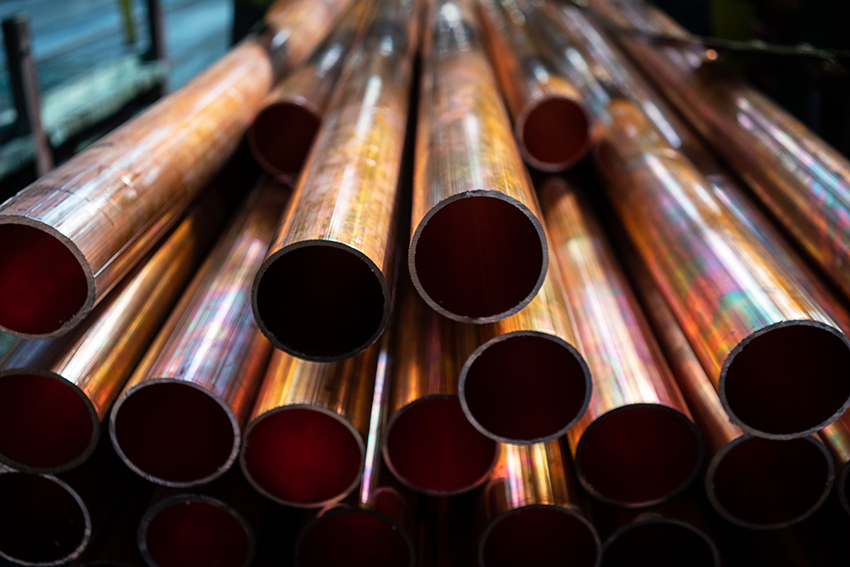
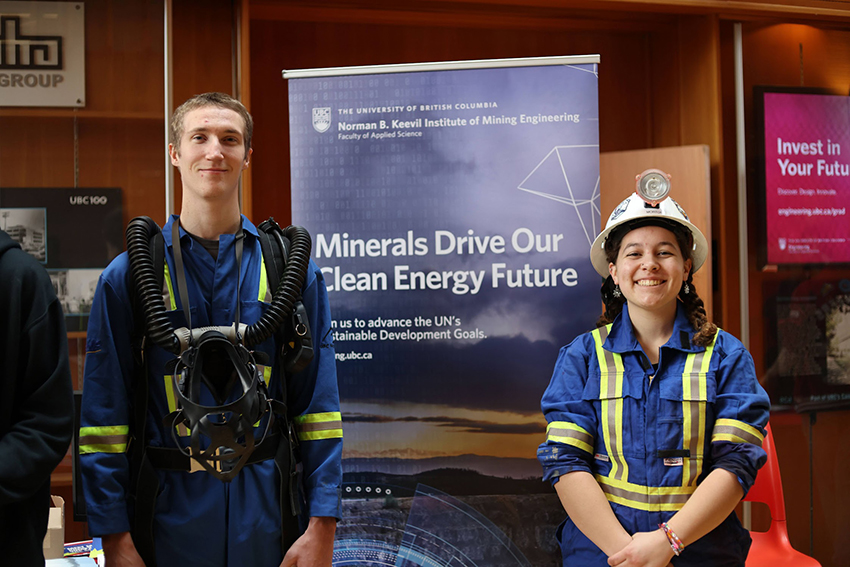
solution
How does this research provide a solution?
What if we could extract copper without digging massive open-pit mines? That’s the bold idea behind CuBrine.
This project explores whether copper and other critical metals can be extracted directly from deep, naturally occurring brine reservoirs beneath volcanic and magmatic systems. These ultra-salty fluids, circulating kilometres beneath the Earth’s surface, are rich in metals — and may hold the key to a radically different extraction method.
Using a closed-loop system of boreholes, the research team aims to bring these hot brines to the surface, extract the metals, and then re-inject the fluid back underground. It’s a method inspired by geothermal energy production — and one that could offer significantly lower energy use, dramatically reduced water consumption, and minimal surface disruption.
process
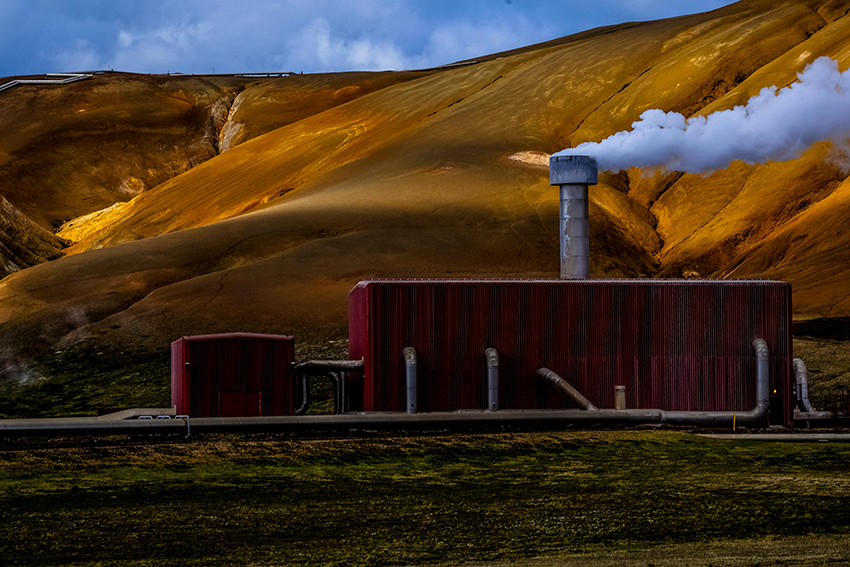
What exactly are we doing?
CuBrine is testing the viability of this low-impact approach to copper production in real-world geological environments. The team is:
- Identifying and modelling magmatic systems that contain high concentrations of copper-rich brines
- Designing extraction methods that maximise yield while minimising ecological disturbance
- Exploring how geothermal energy from the hot brines can be used to power the operation
- Investigating how surplus heat or electricity could be used to support nearby communities
- Developing reinjection systems to return the processed brines to their original reservoirs — keeping the system closed, balanced and sustainable
The long-term vision is ambitious: a new kind of “self-powered mine” with a small surface footprint, no open pits, and the potential to actively support, not just avoid, environmental and community wellbeing.
challenge
Who’s involved?
This work package brings together a world-class team of geoscientists and engineers from three global institutions:
- Matthew Jackson – Imperial College London
- Andrew Berry– Australian National University
- Roger Beckie– University of British Columbia
The research spans multiple continents and draws on deep expertise in geothermal systems, ore formation, fluid dynamics, and environmental engineering.
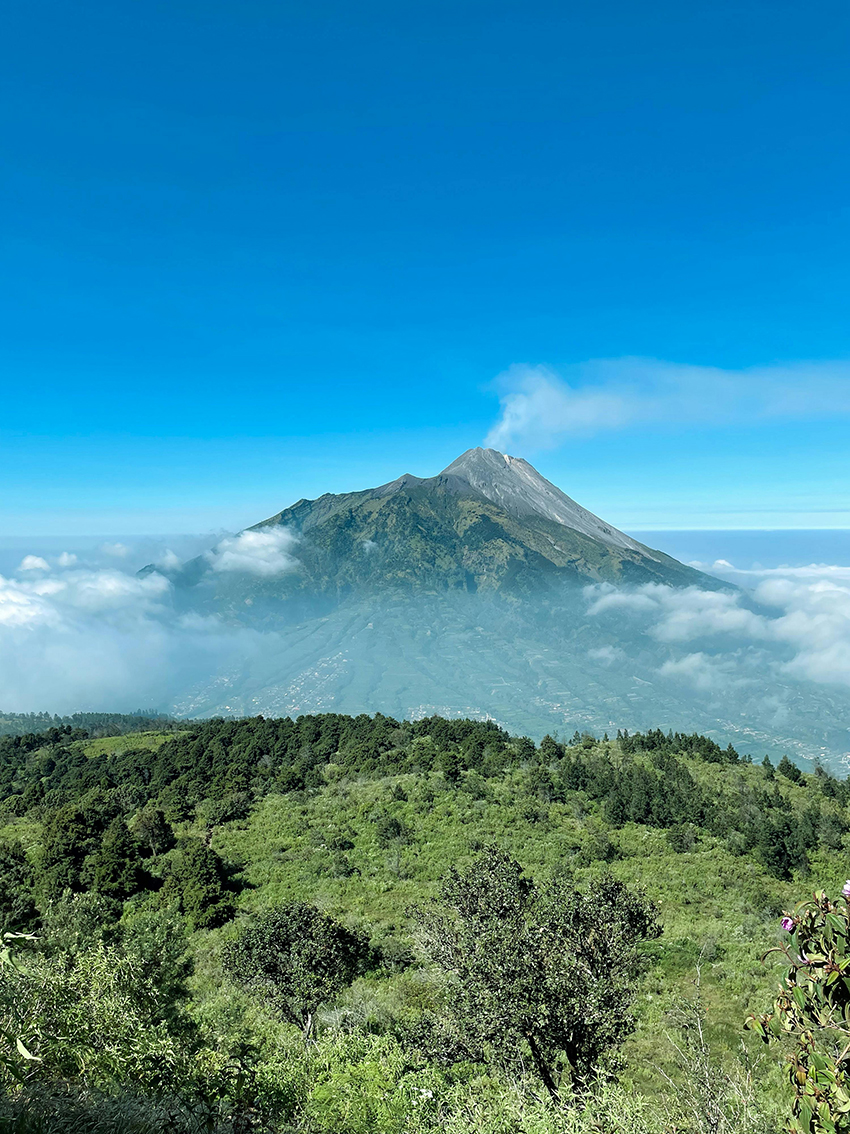
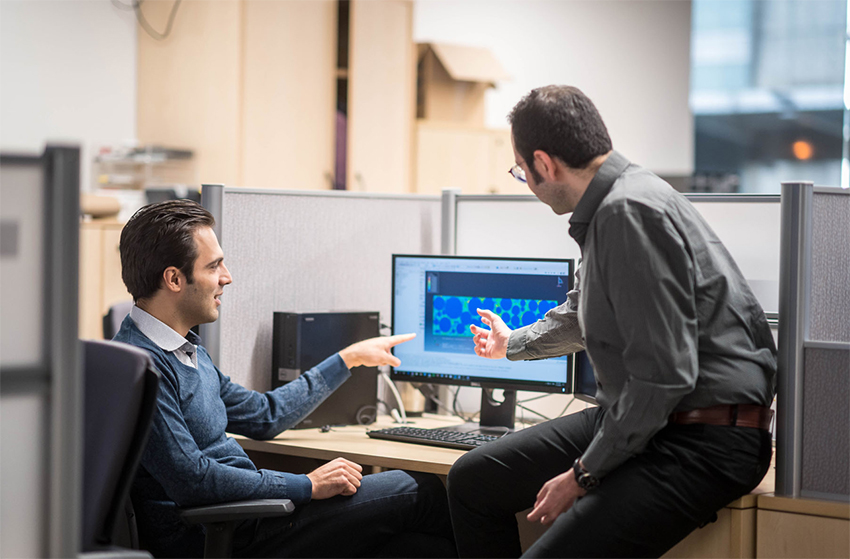
goals
What are our objectives and long-term goals?
- Prove the concept of metal extraction from natural magmatic brines
- Design sustainable, closed-loop extraction systems powered by geothermal energy
- Minimise environmental impact and water usage compared to traditional copper mining
- Offer a viable pathway to more socially responsible and community-beneficial mineral development
In the long run, CuBrine could change the way the world thinks about mining — shifting from large-scale disruption to localised, circular, self-sustaining systems.
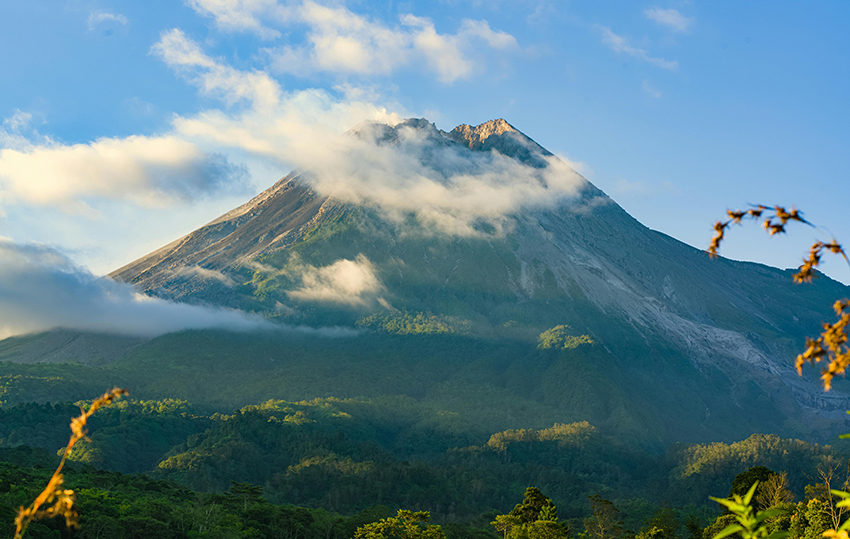
gallery
Gallery
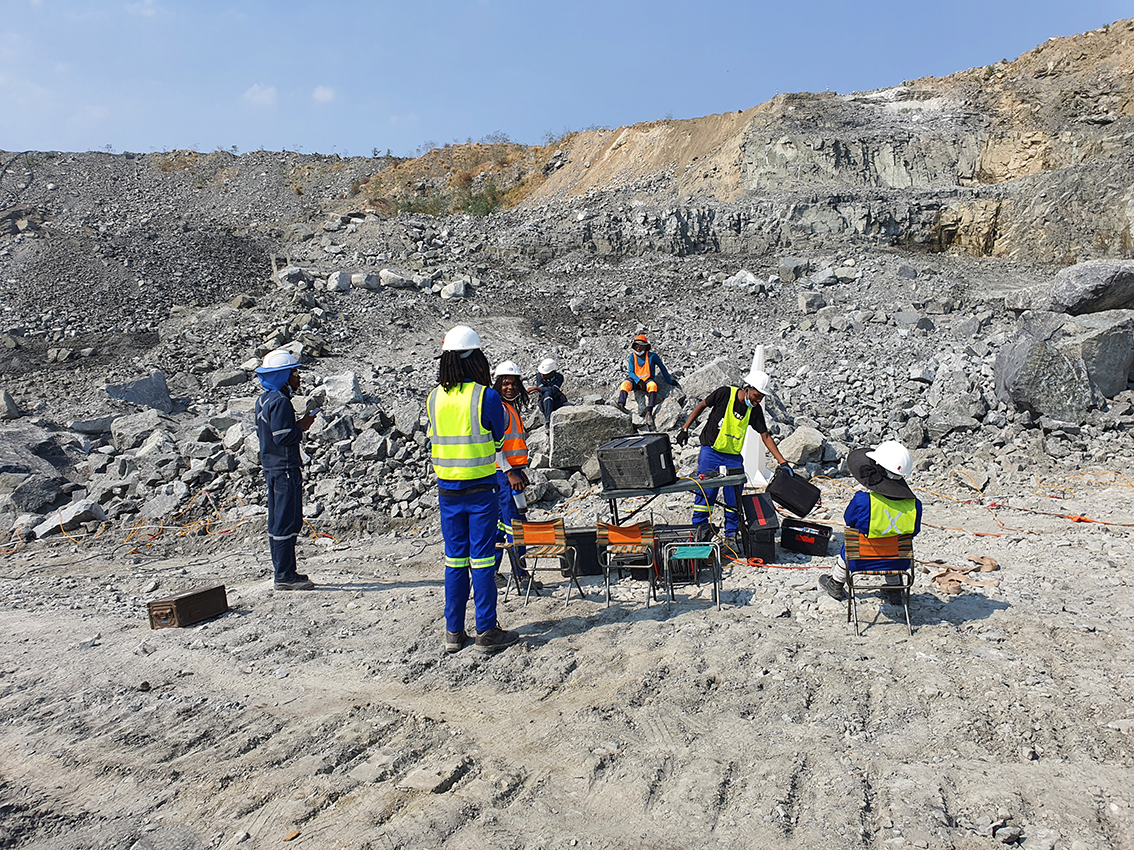
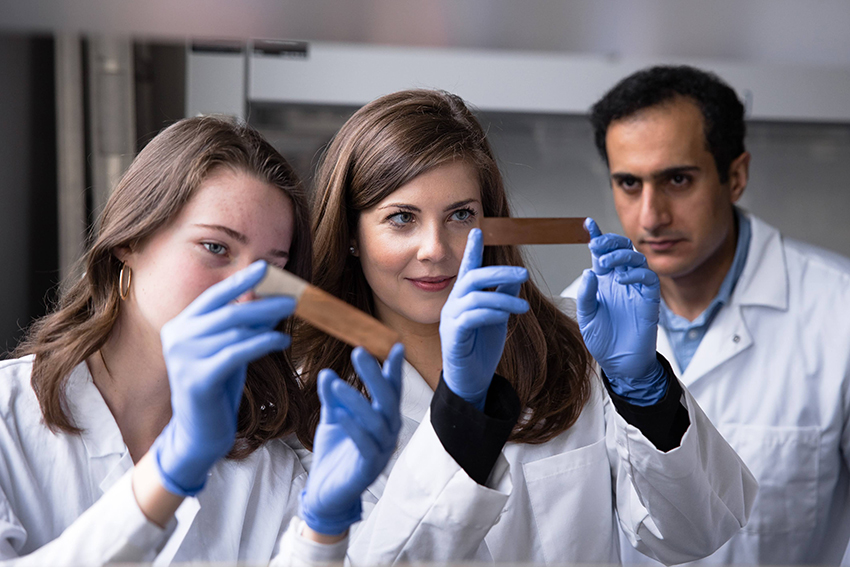
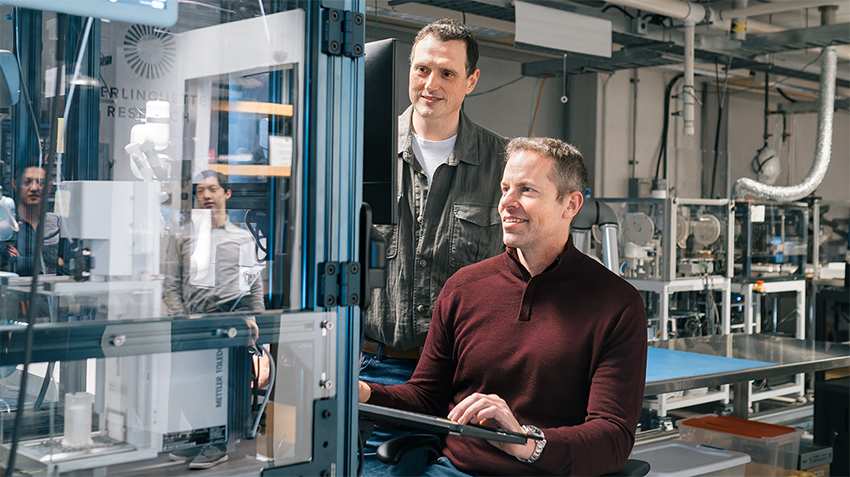
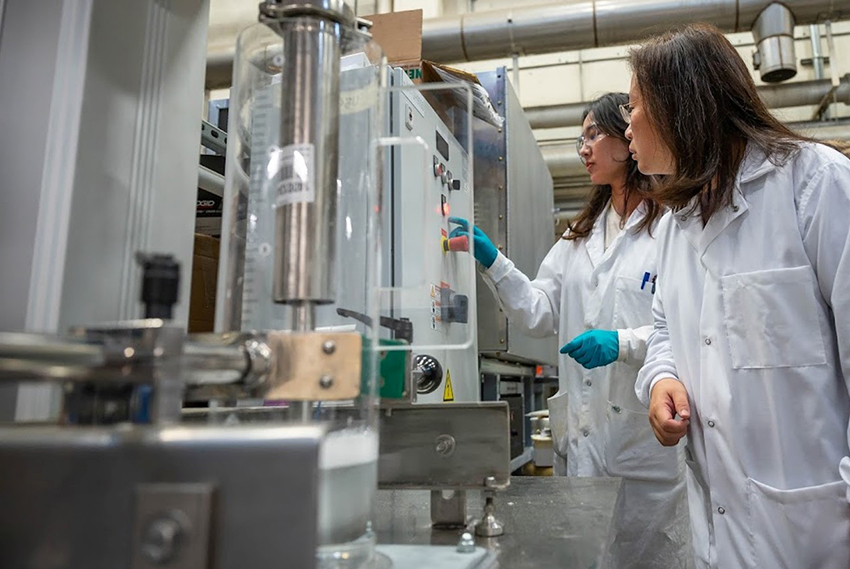

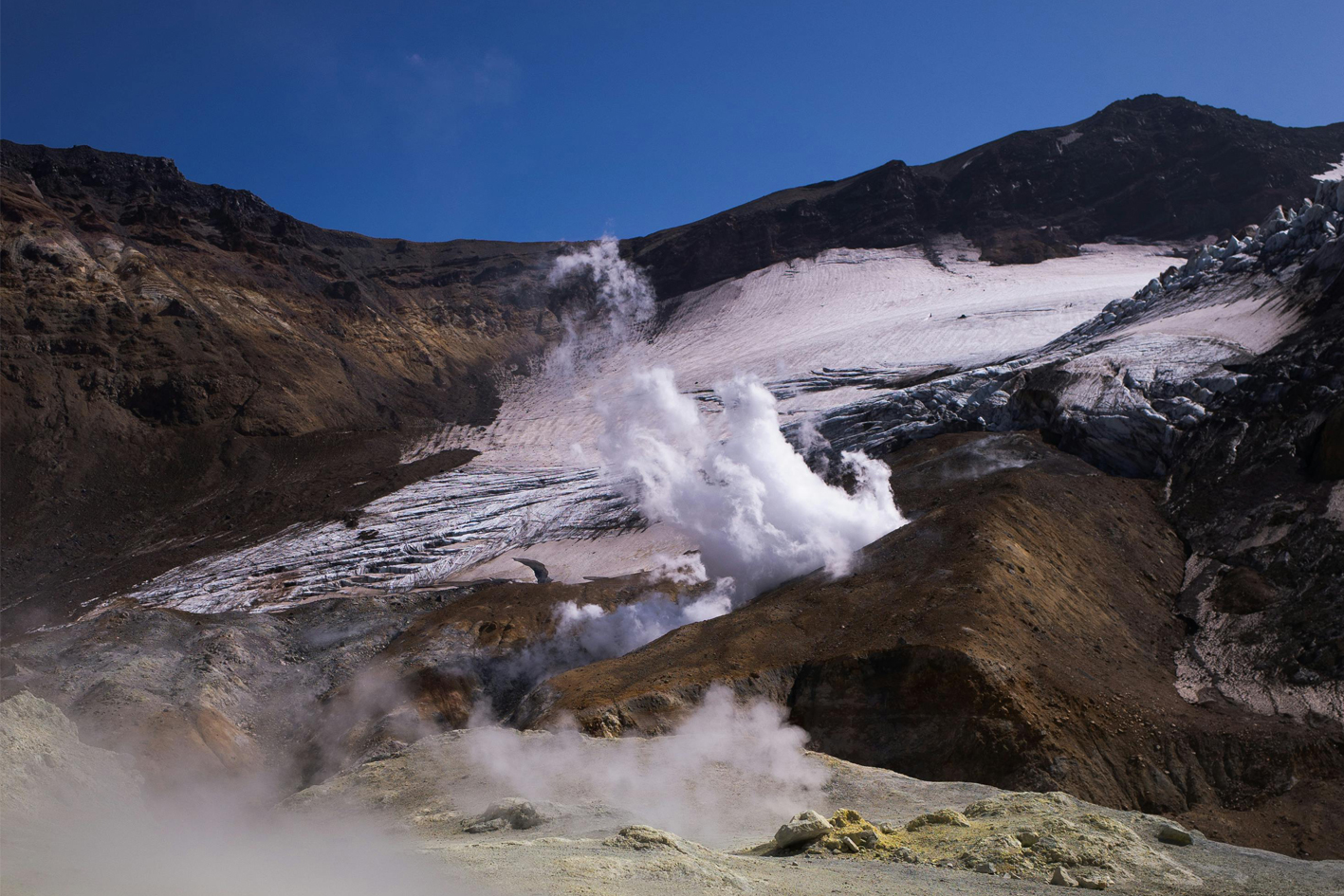
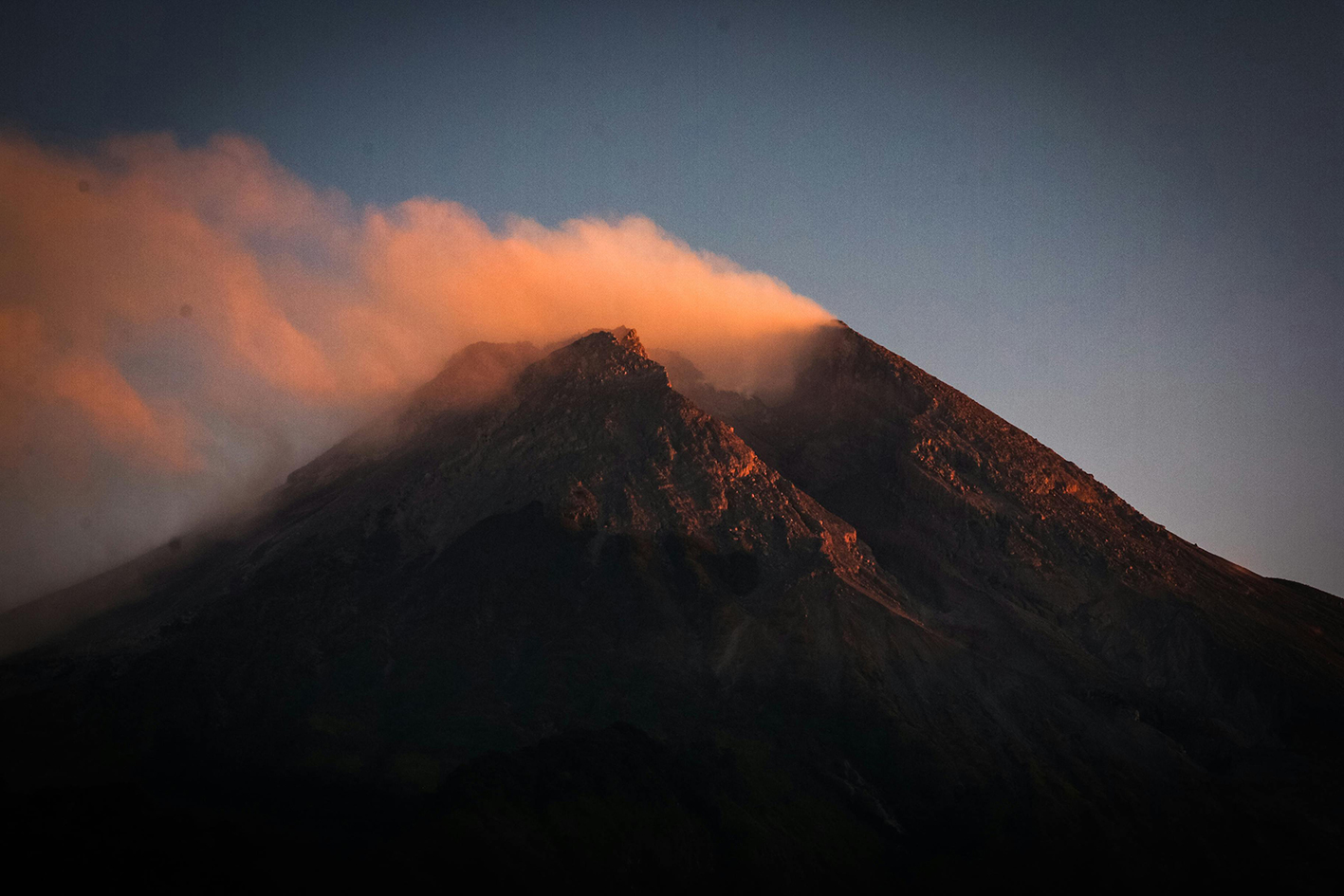

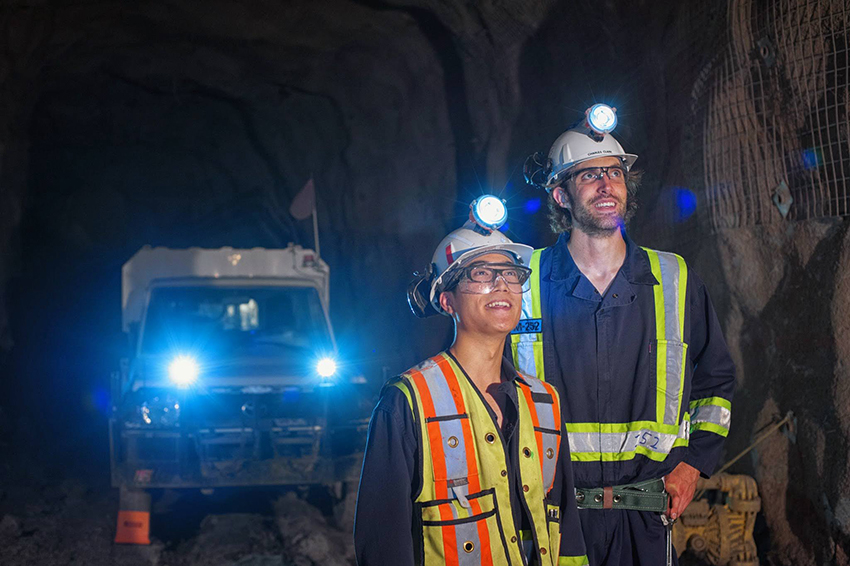
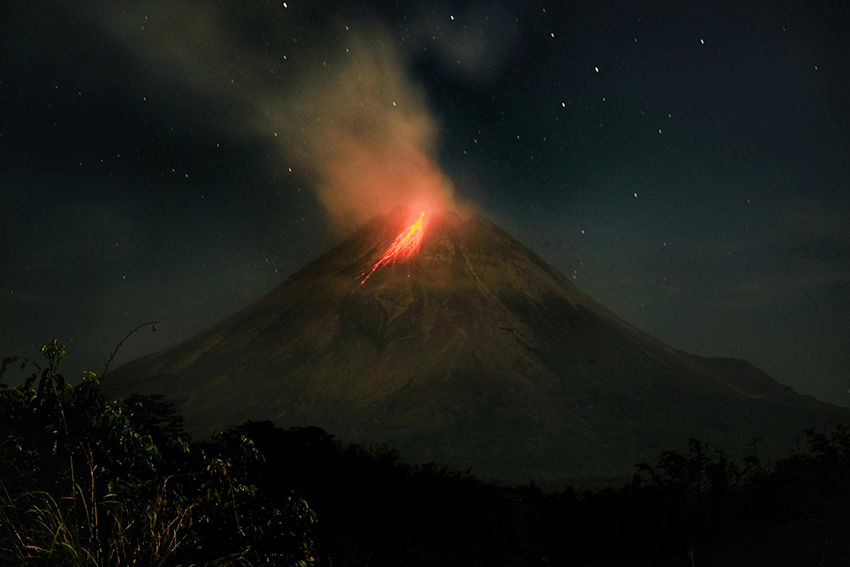
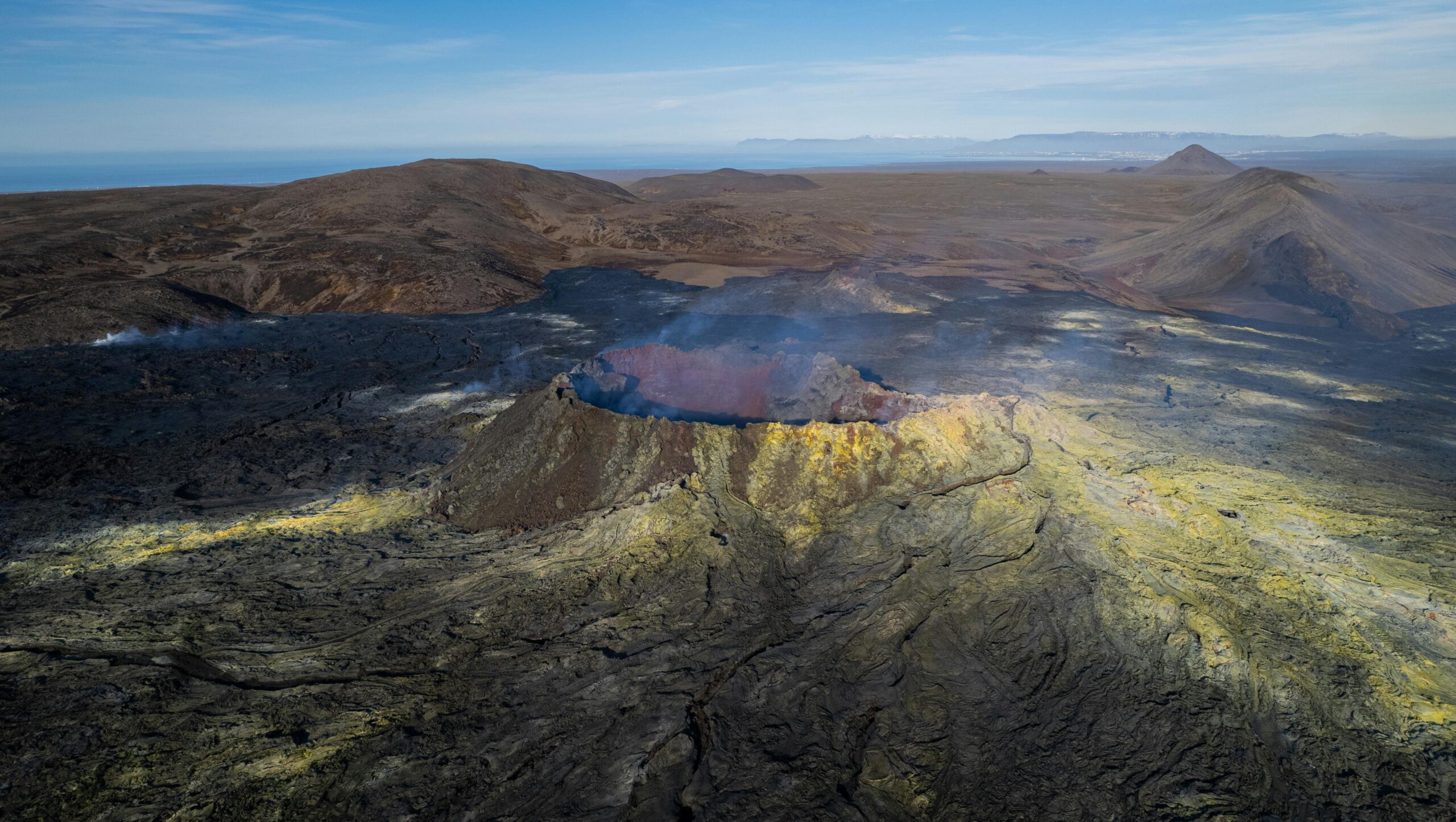
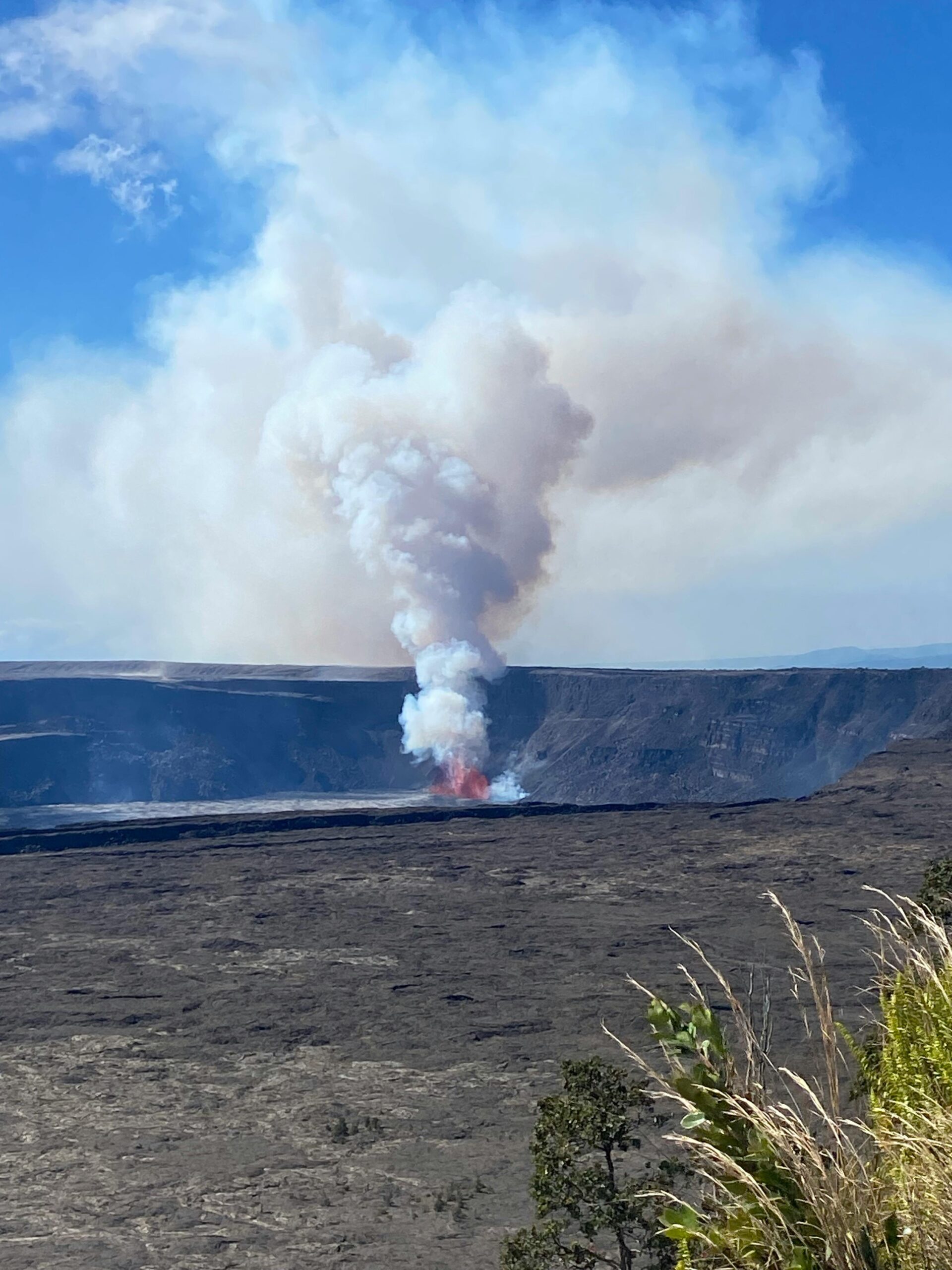
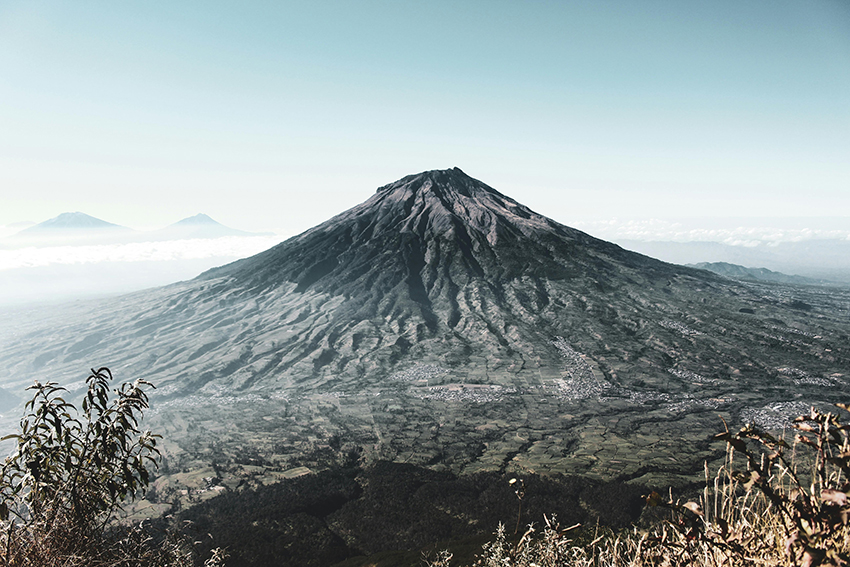

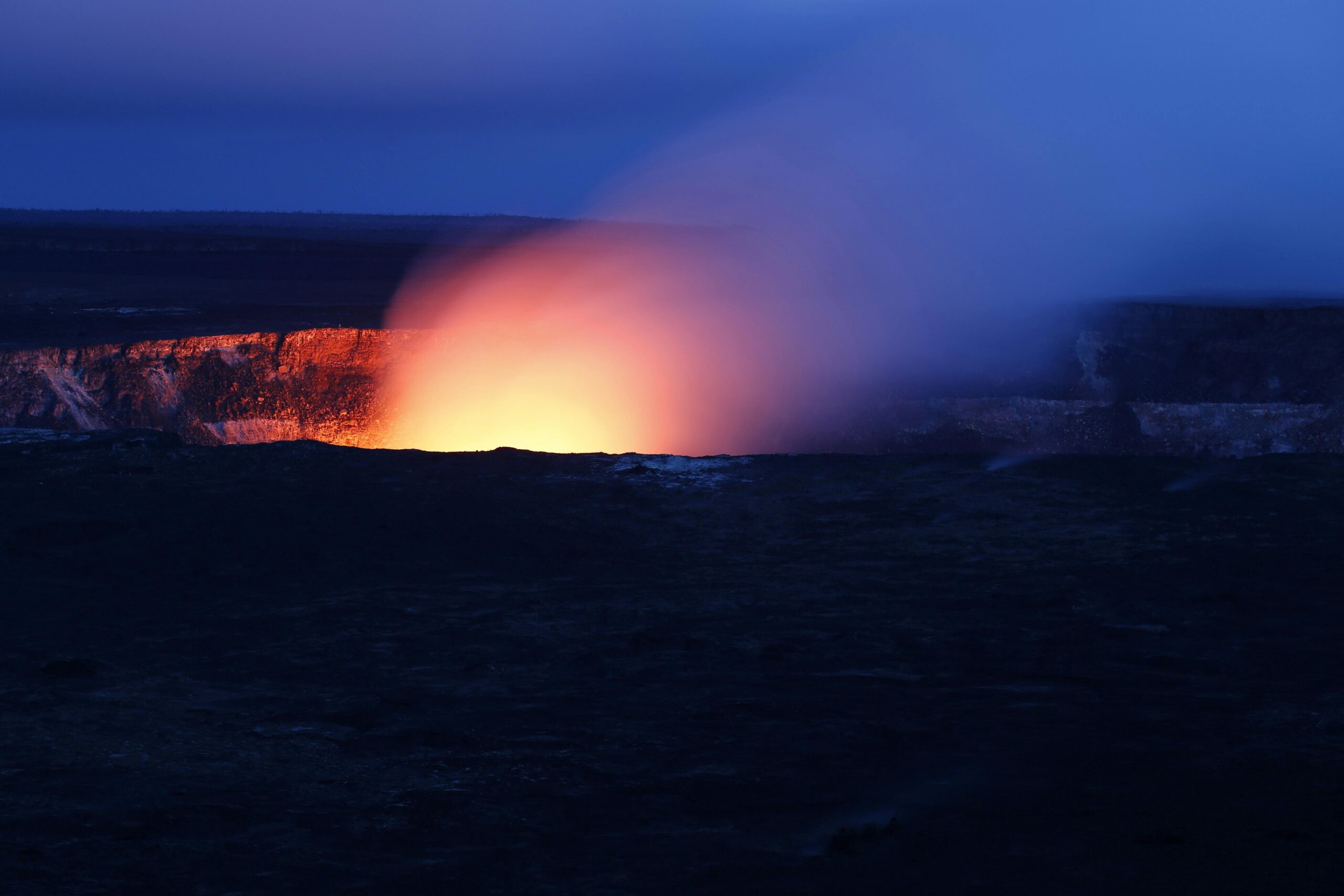
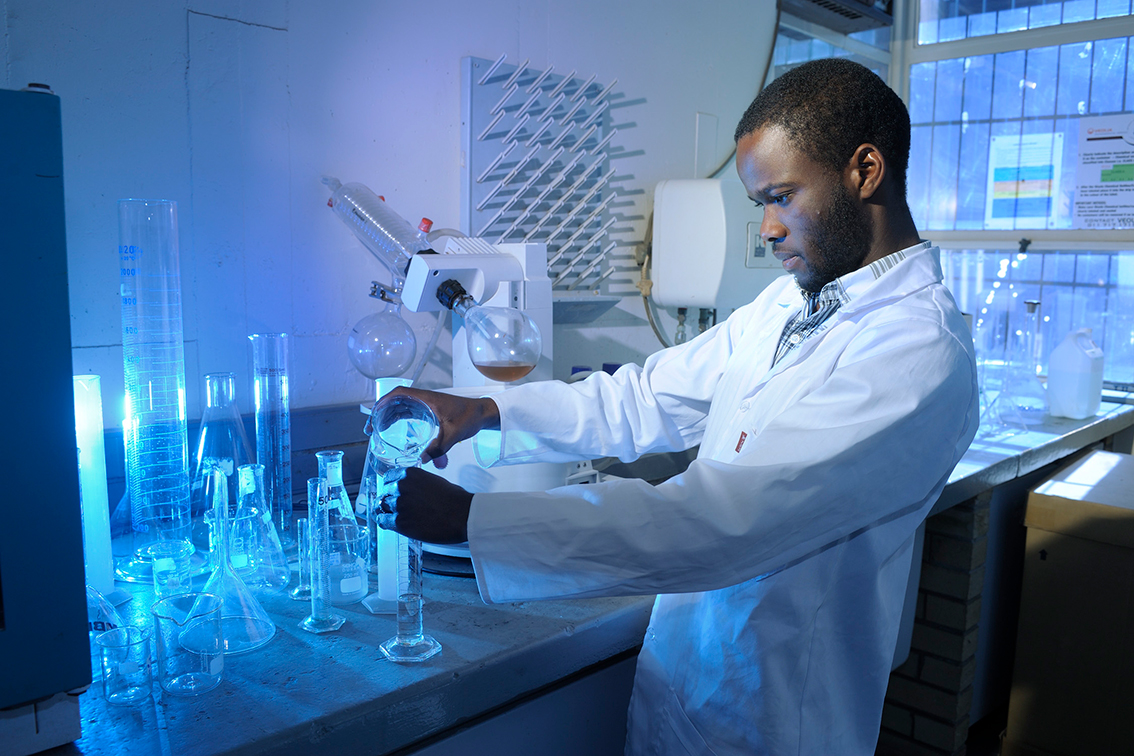
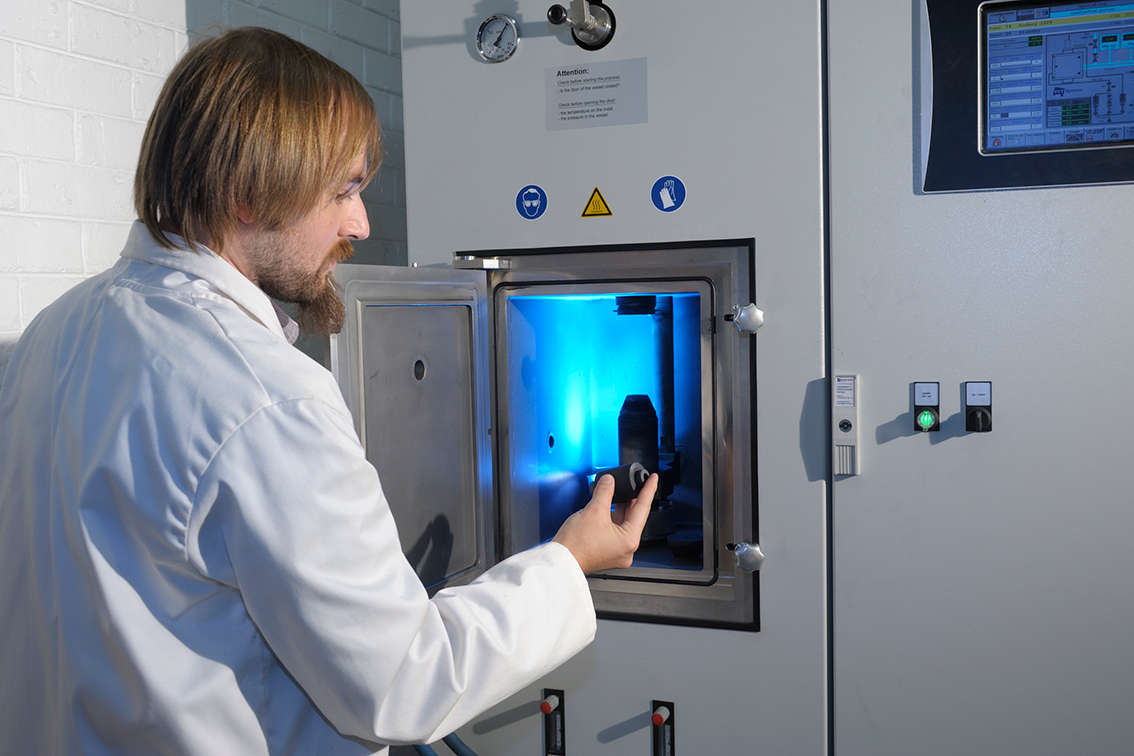
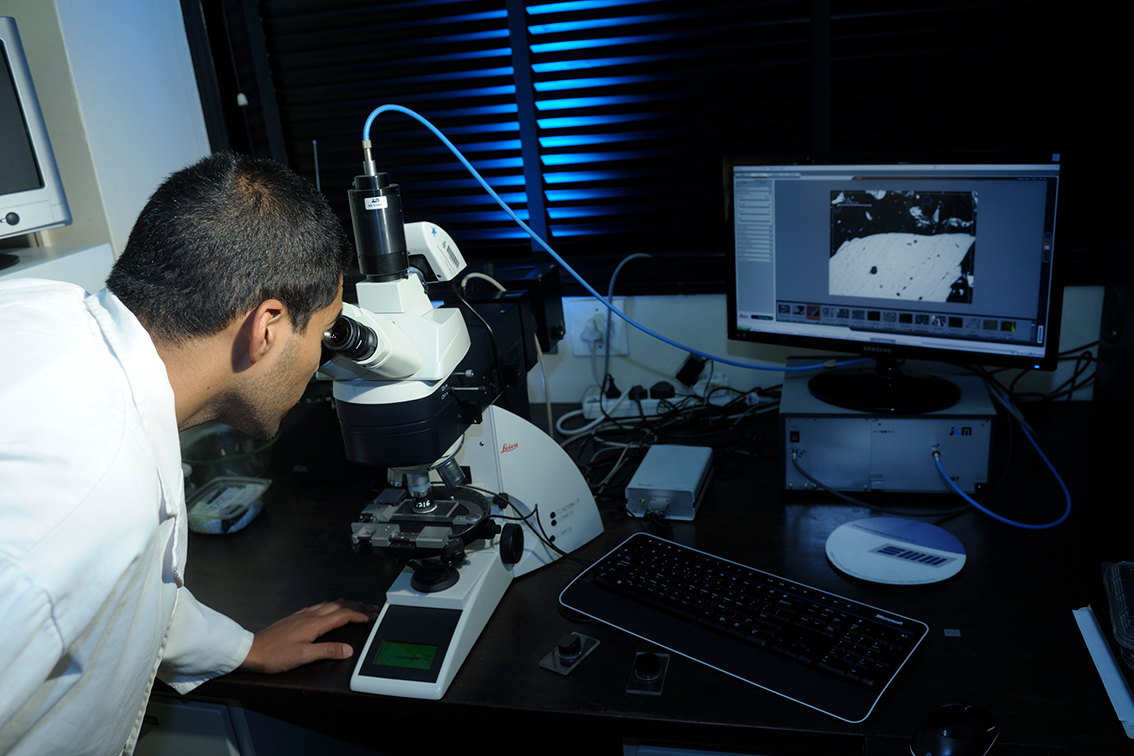
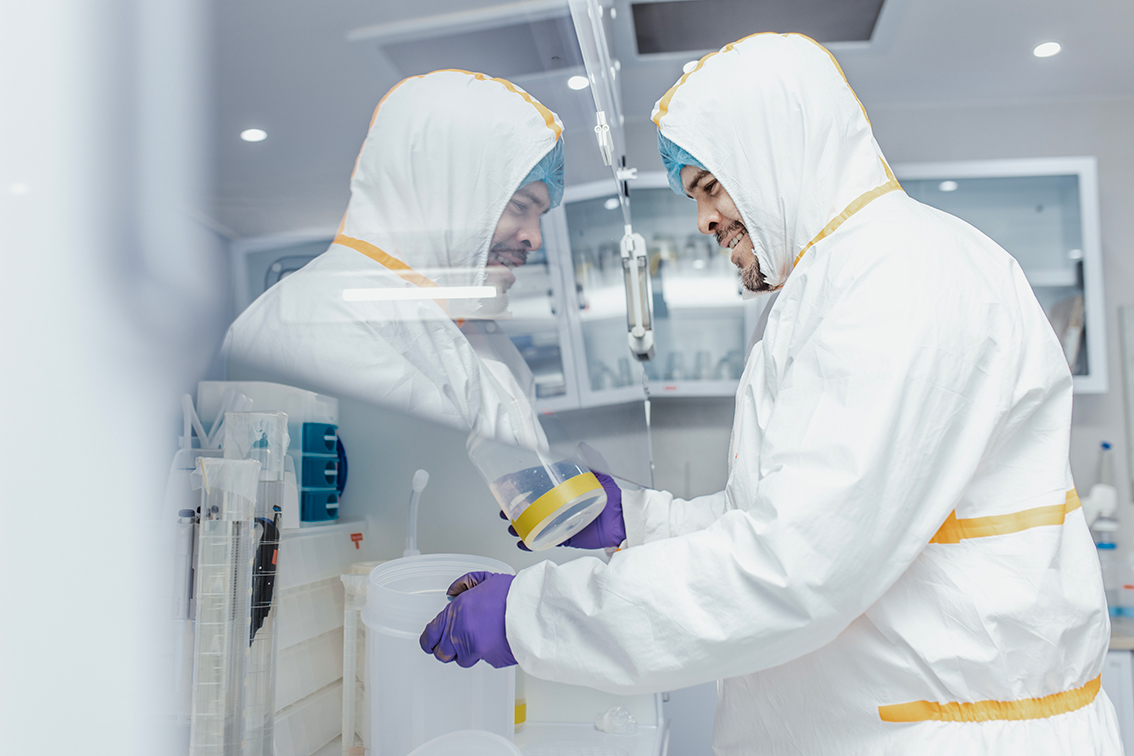
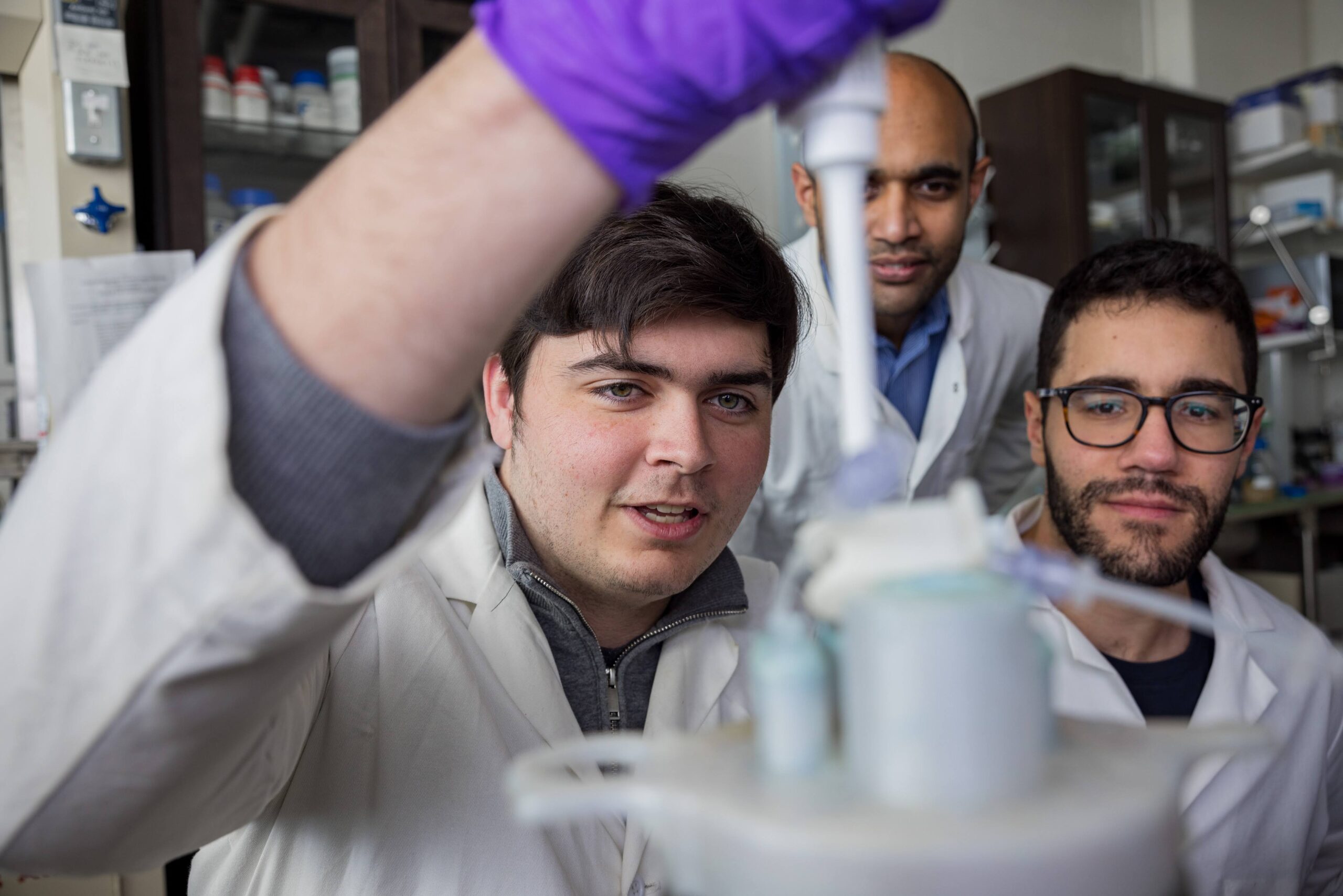
Sign up
to our newsletter
Stay informed with the latest research breakthroughs, expert insights and updates from the Rio Tinto Centre for Future Materials. Sign up to our newsletter to connect with a global community driving innovation in sustainable materials and the energy transition.